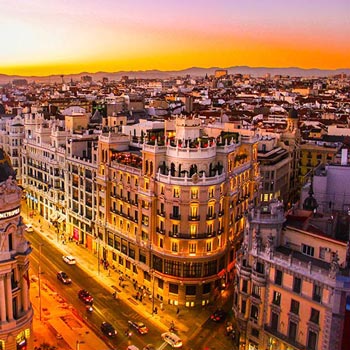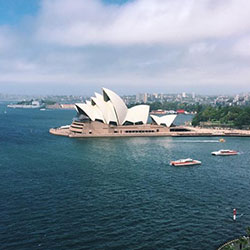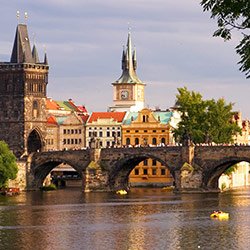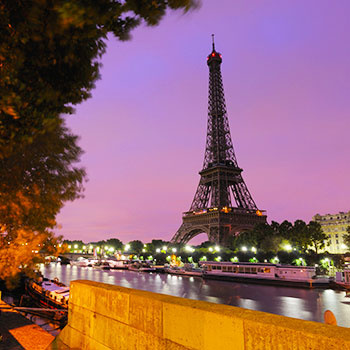Three Ways CEA CAPA Helped Me Discover the Real Rome
The history and beauty of Rome are such that the city can be enjoyed under any circumstances; the volume of tourists attests to that fact. There is a large difference, however, between visiting for a week and studying in the Eternal City for four months. A visitor could say they visited all the monuments and call it a successful trip; a study abroad student, on the other hand, must take more from the experience than sightseeing.
As a student with CEA CAPA in Rome, my program understands this distinction. The program is geared towards immersion, not observation; experiencing a city is more than just seeing its marvels.
My Housing in the Prati Neighborhood
With tourists come street vendors, crowds, and restaurants more focused on filling tables rather than serving authentic food. Though none of these affect the experience of visiting the historical center, living there would make for a less immersive Roman experience.
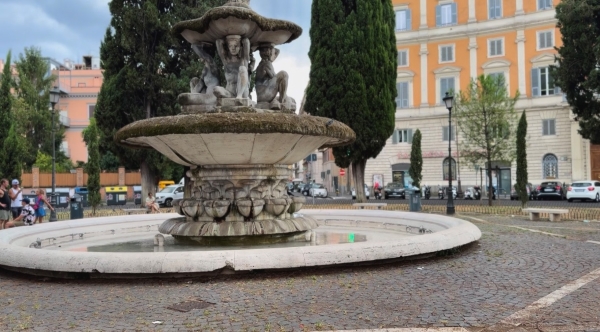
A fountain in the center of a rotary in Prati (around which a monthly marketplace springs up).
Prati is just on the other side of the Tiber River from the historical center—under a twenty-minute walk from the Spanish Steps. This way, I’m able to visit the beauty of the ancient city without living amidst the tourist culture accompanying it.
I also arrived in Rome having had the fear of God instilled in me by my mother, whose assurances that pickpockets would practically be falling from the sky had me eyeing the city sideways when I first arrived. Fortunately, Prati is among the safest and most affluent neighborhoods in Rome. So, while caution is always wise, I’ve never felt the slightest bit unsafe at any hour.
Another advantage I enjoy by living in Prati is the unforgettable, authentic Italian food. One of the first things you notice in Prati is that you can’t go a single block without passing at least three restaurants. The streetways are constantly filled with aromas of coffee bars, pizzerias, butchers, and bakeries. Even the deli at the nearest grocery feels like fine dining.
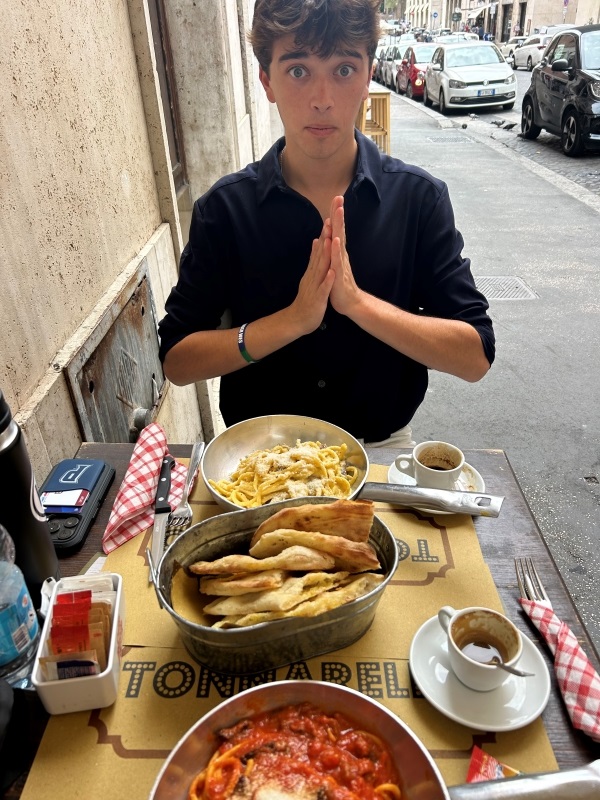
A typical Italian lunch at one of my favorite spots, Tonnarello San Pietro (just north of the Vatican in Prati).
Included Excursions & Activities
The CEA CAPA onsite staff plan frequent activities and excursions to ensure I am experiencing the best Rome and Italy have to offer. Some of my favorite days so far have included these excursions.
My personal favorite of the excursions was climbing the dome in St. Peter’s Basilica. The top of the Basilica had a breathtaking view of Rome, and we gathered at 8 a.m. to beat the crowd and behold the view in the morning calm. It was a once-in-a-lifetime experience that I may never have known about without the insight of the onsite team.
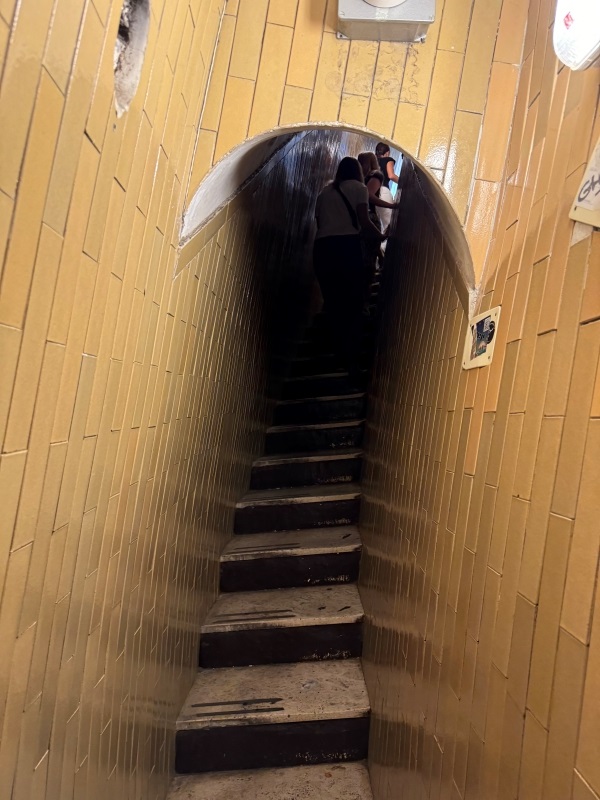
The staircase to the top of the dome curved with the outer wall and kept me on my toes the whole time.

Rome from atop the Basilica!
Each week, I can count on having an activity planned by the CEA CAPA team that will show me Rome from a new angle (I’m looking forward to my pasta-making class next week!).
An Italian Roommate
I am currently living in a seven-person apartment in Prati. Five of my roommates are students from the U.S. like me; the sixth, however, is a native Italian who grew up in Rome. He has been instrumental in our acclimation to and immersion in the Eternal City.
From helping us with our Italian to showing us the best food in the city, my Italian roommate has been a constant resource and friend who knows the ins and outs of Rome and its culture. On our first Friday night in Rome, when the six of us were still getting our bearings, our Italian roommate brought us to one of his favorite spots in the city. On a night when we would have gone somewhere more Americanized, we got to experience a square where Italians congregate to listen to musicians perform under a grand fountain.
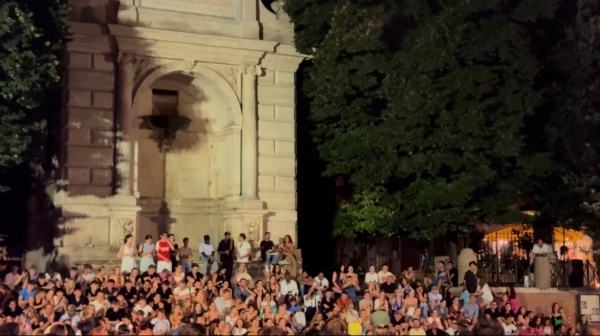
We spent all night in the full square with the crowd, singing along with the Italians.
Rome is an incredible city no matter how you experience it. Only through CEA CAPA’s unique features, though, have I become immersed in its culture beyond the role of a spectator.
